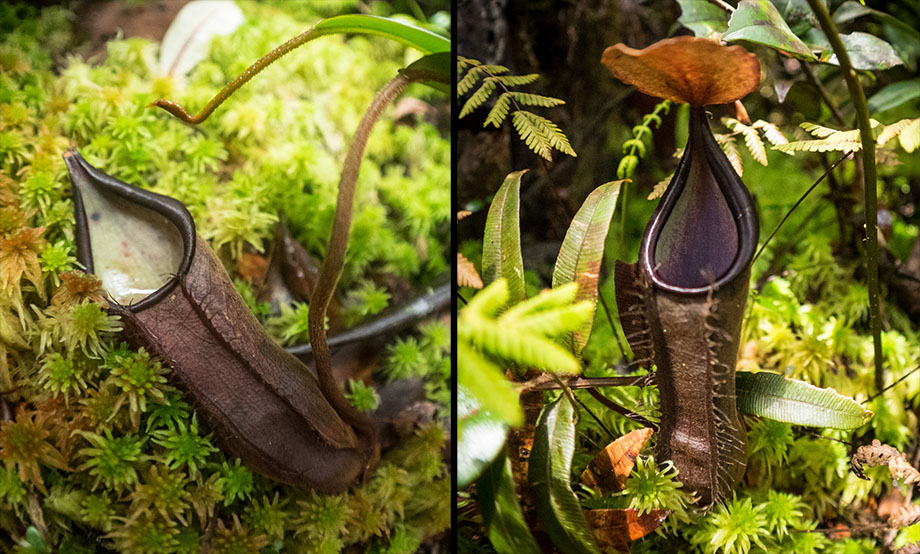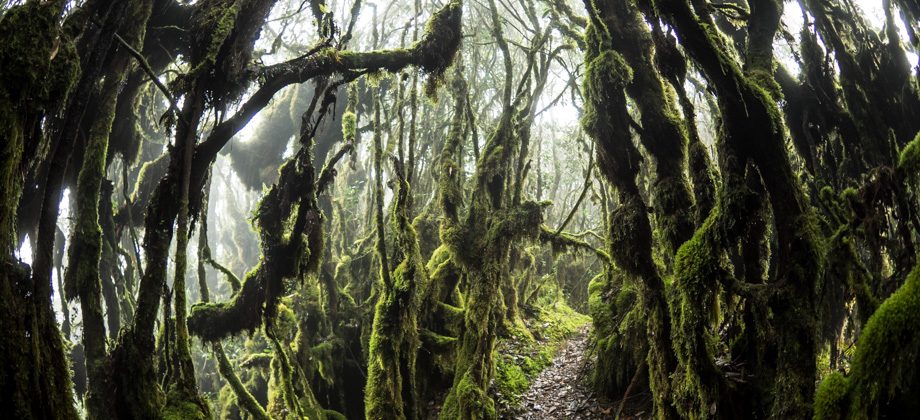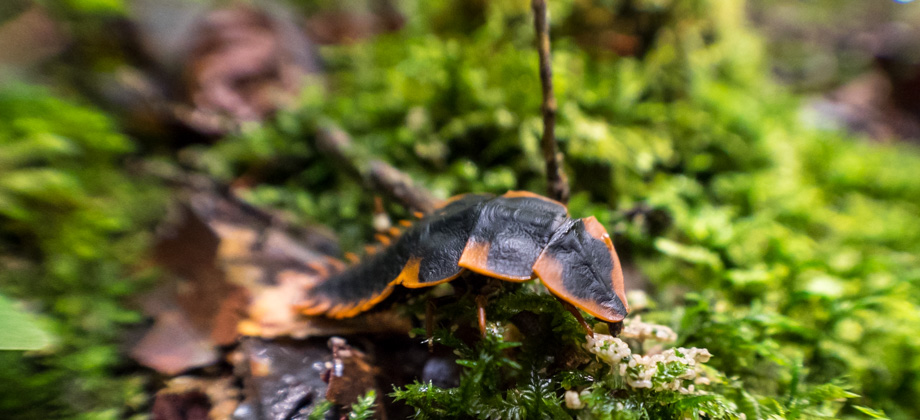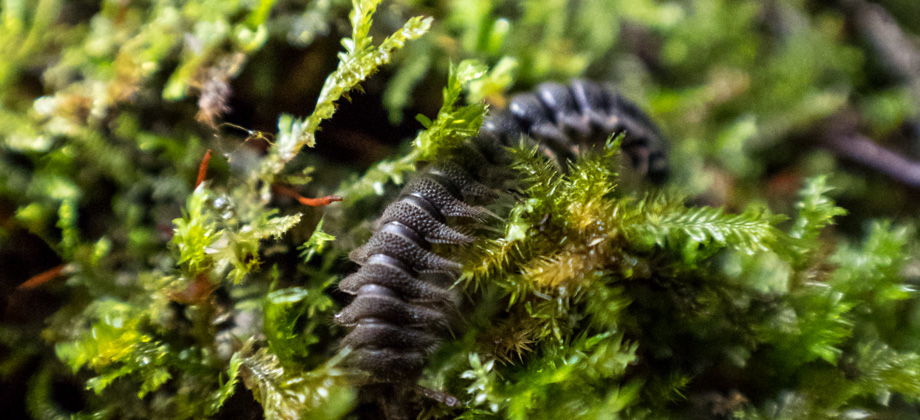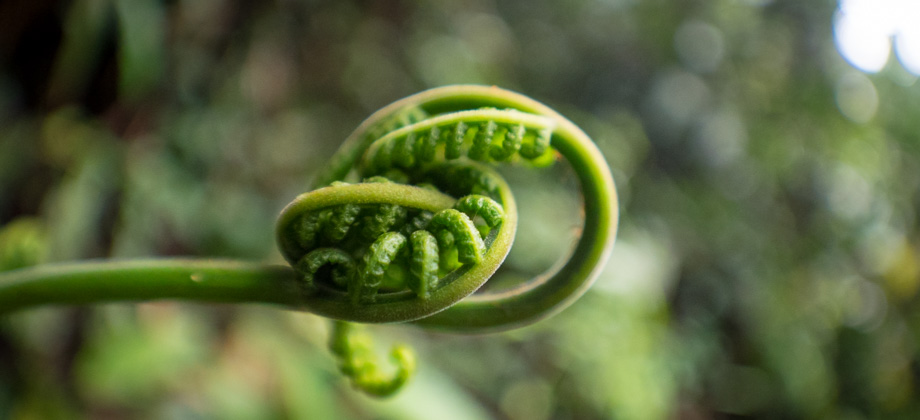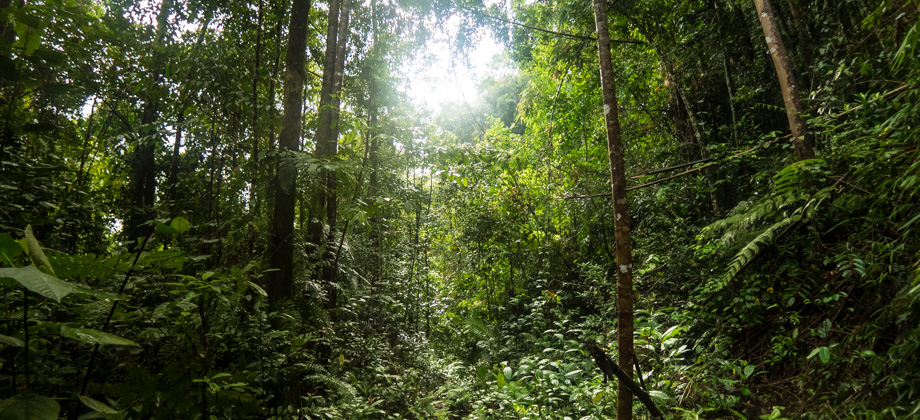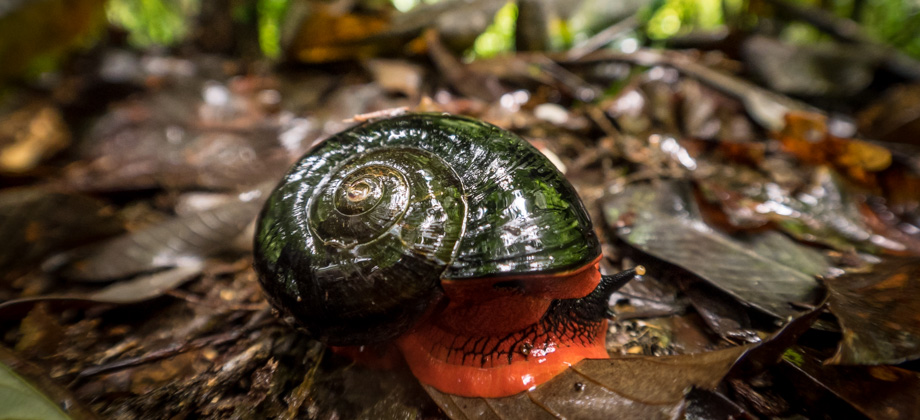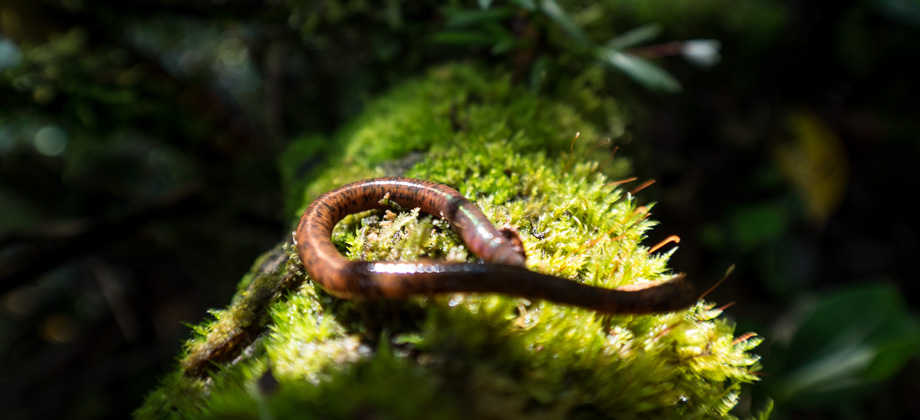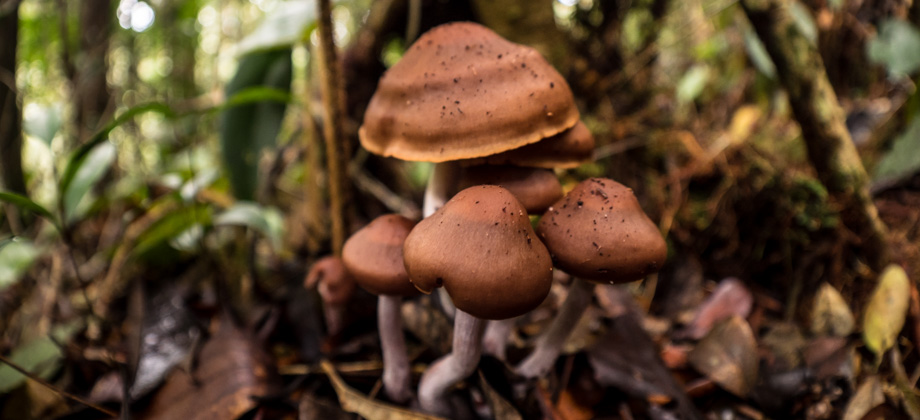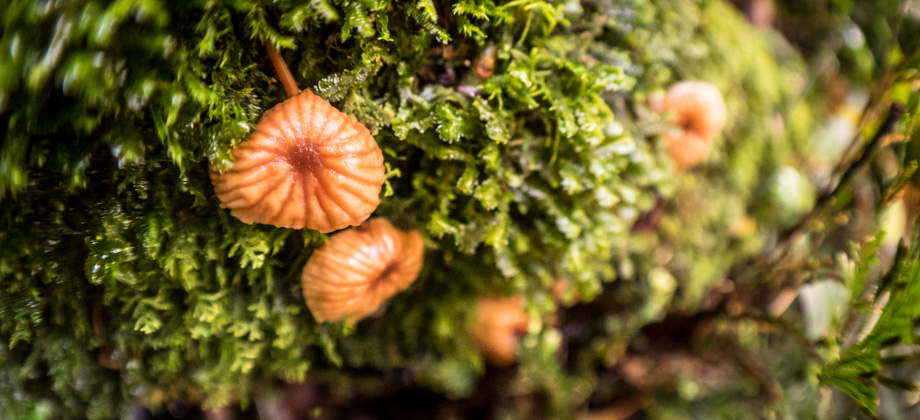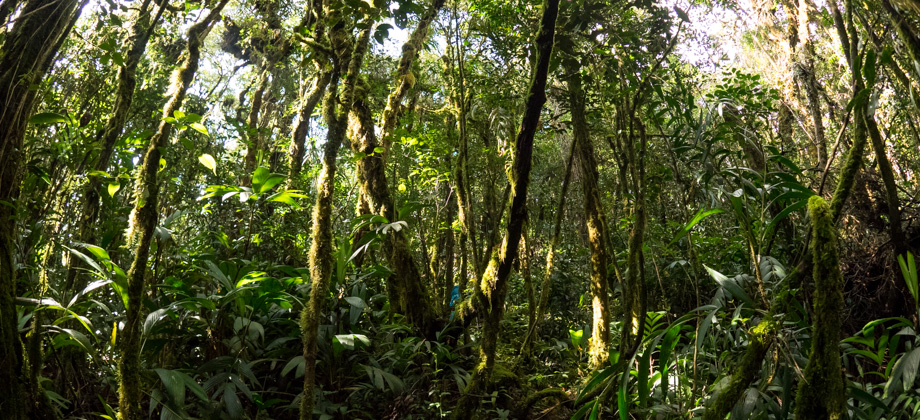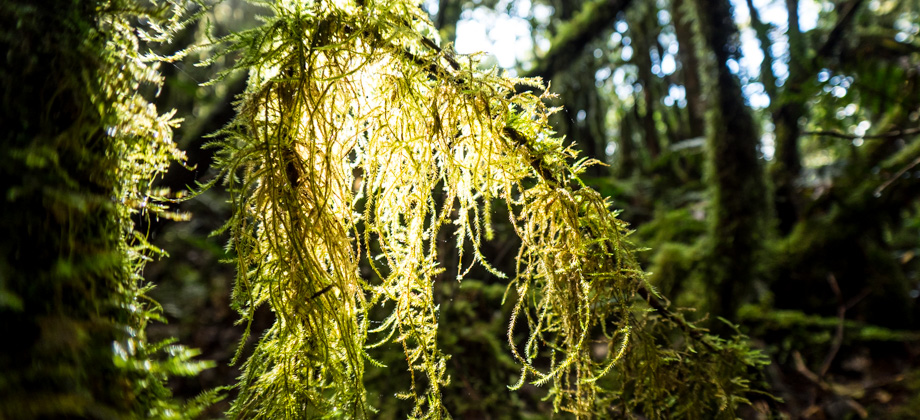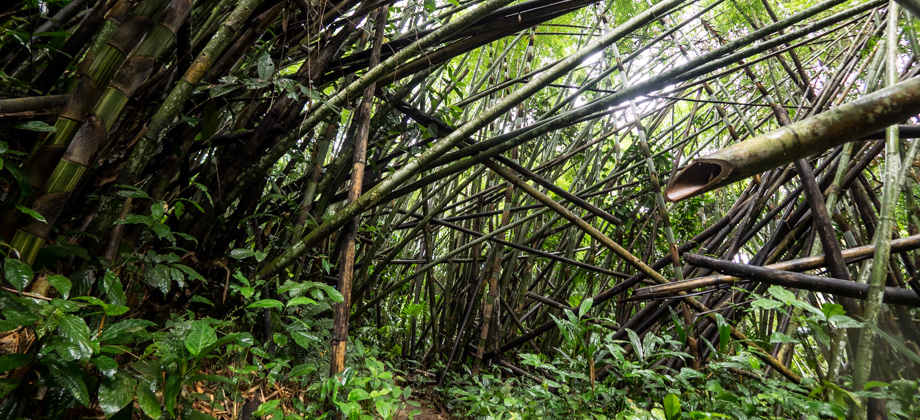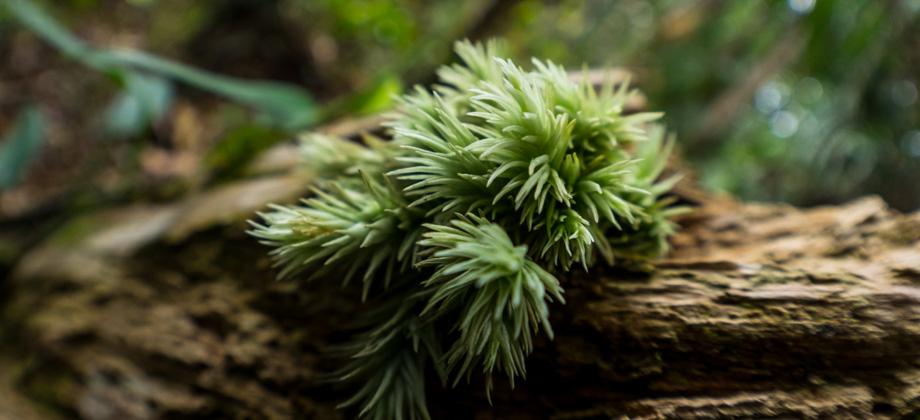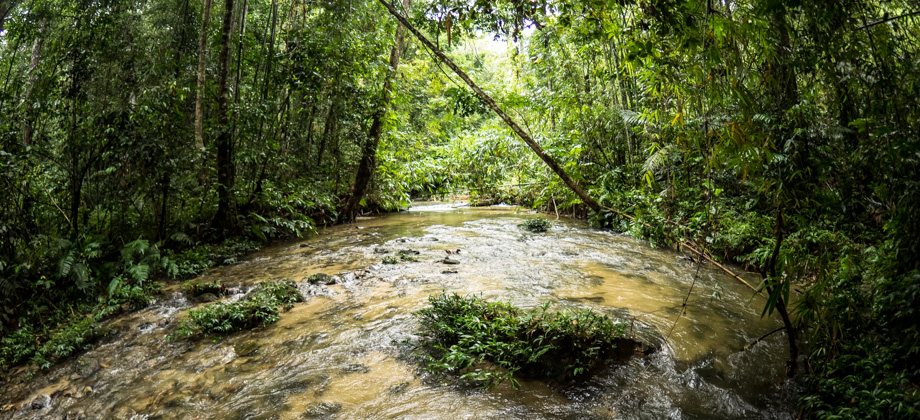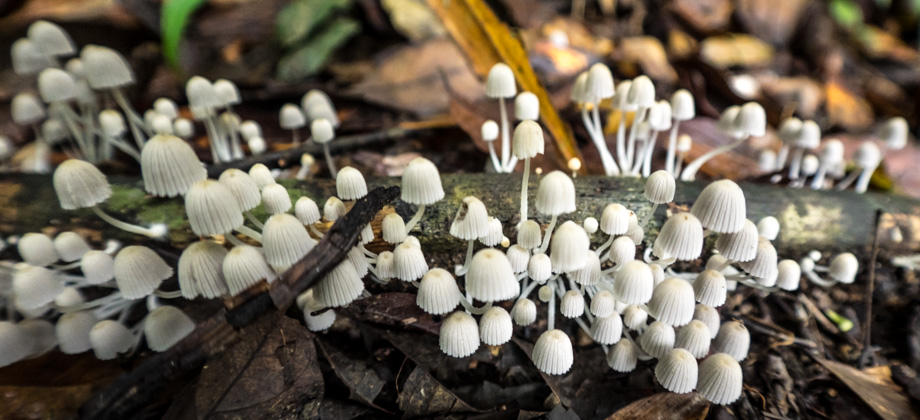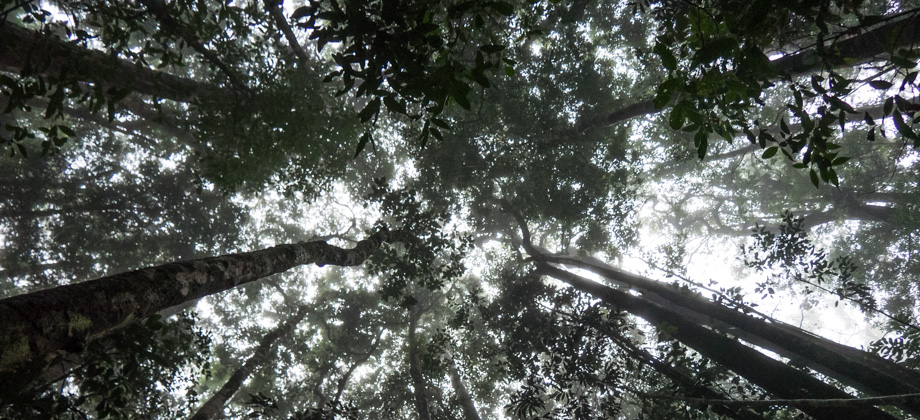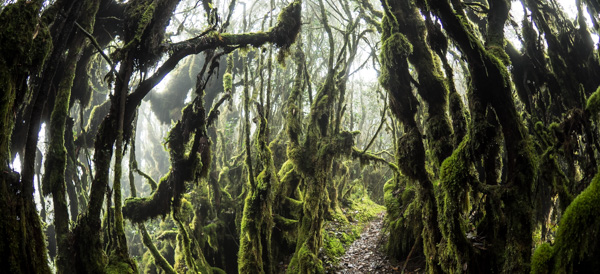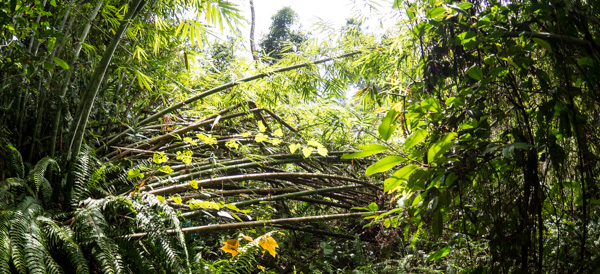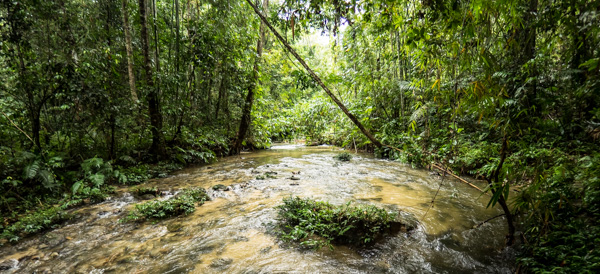GBB (CUS Connection) - Day 3
The Mossy Forest
We began to slow down two hours into the hike (approximately two kilometres in), not because of the difficulty of the terrain or an unexpected injury, but because that was when we entered the mossy forest. The condensation of the moisture that lingered in the air left dew clinging to spider webs, which made the webs look like intricate strings of small pearls. The ubiquitous moss and other fuzzy epiphytes were completely laden with dew, and the drops accumulated and merged together, eventually dripping down to the soft humus-filled forest floor below. A maze of dark branches wound their way upwards and looked like tendrils that were grasping for the sky.
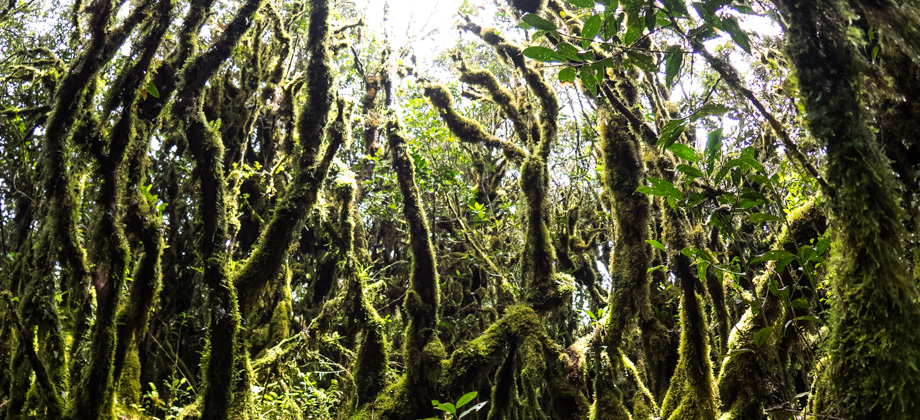

360 Panorama
Pitcher Plants
The peak was completely surrounded by blood red pitcher plants (Nepenthes sanguinea) that hung low from their pendulous tendrils, with some that were as large as 30 centimetres in length! The name 'sanguinea' actually means 'blood red', although most of the specimens that we encountered were of such a deep red that they appeared purple. I also spotted a few black variants of the same species, which were less speckled than their counterparts and had a peristome that was black instead of purple.

